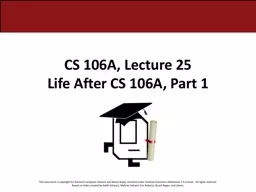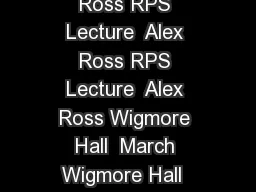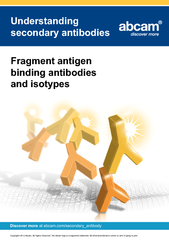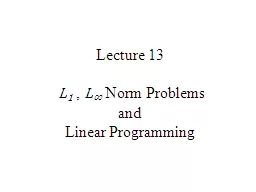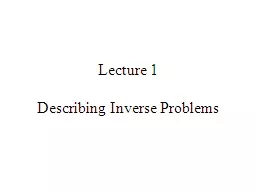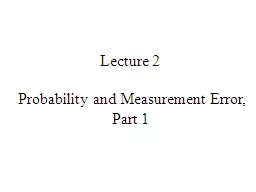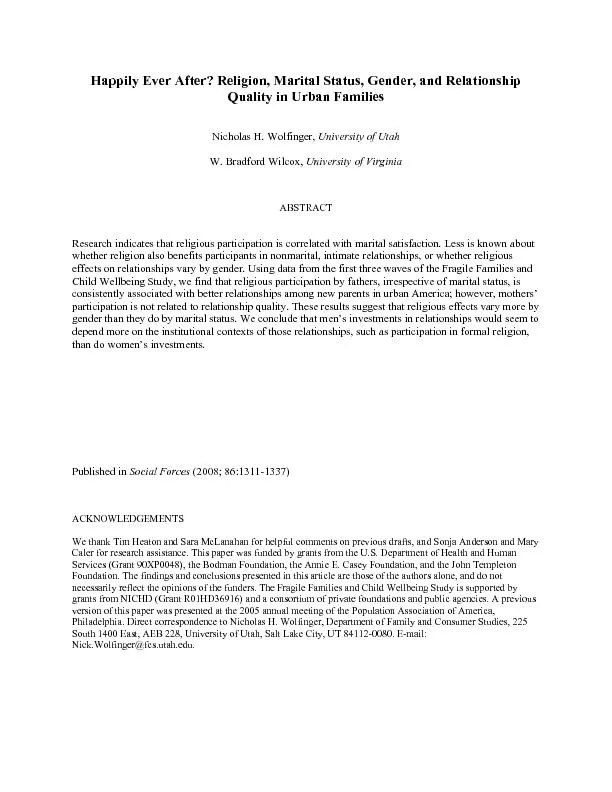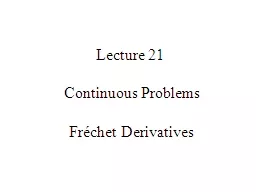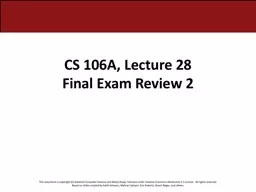PPT-CS 106A, Lecture 25 Life After CS 106A, Part 1
Author : narrativers | Published Date : 2020-08-06
Plan for today Announcements Life after the ACM Libraries Life after Java Life after PC programs Internet applications Mobile applications Tomorrow Intro to Machine
Presentation Embed Code
Download Presentation
Download Presentation The PPT/PDF document "CS 106A, Lecture 25 Life After CS 106A, ..." is the property of its rightful owner. Permission is granted to download and print the materials on this website for personal, non-commercial use only, and to display it on your personal computer provided you do not modify the materials and that you retain all copyright notices contained in the materials. By downloading content from our website, you accept the terms of this agreement.
CS 106A, Lecture 25 Life After CS 106A, Part 1: Transcript
Download Rules Of Document
"CS 106A, Lecture 25 Life After CS 106A, Part 1"The content belongs to its owner. You may download and print it for personal use, without modification, and keep all copyright notices. By downloading, you agree to these terms.
Related Documents

